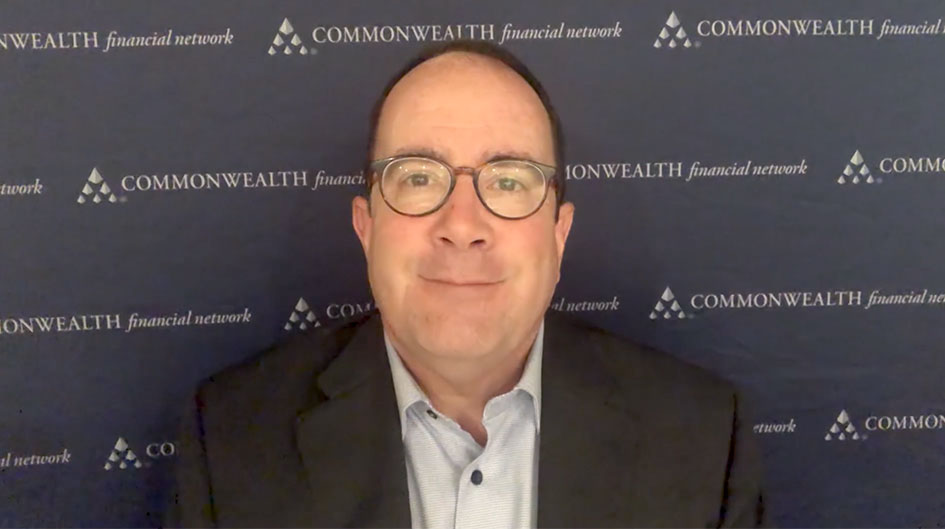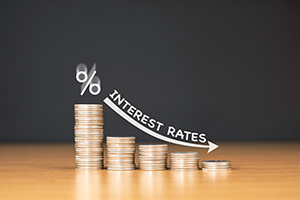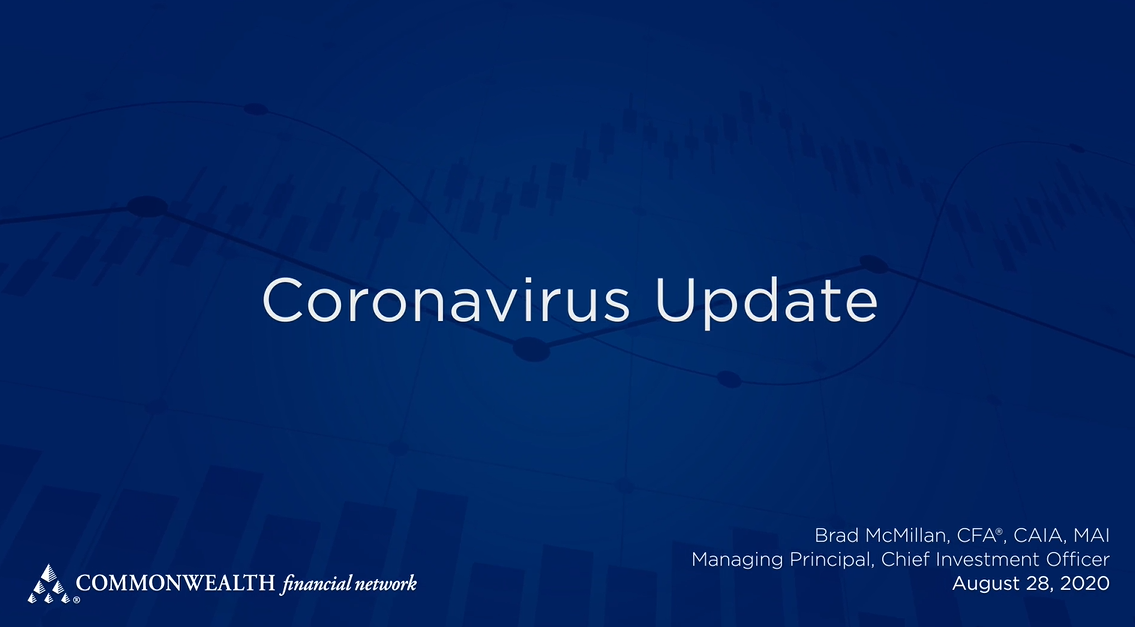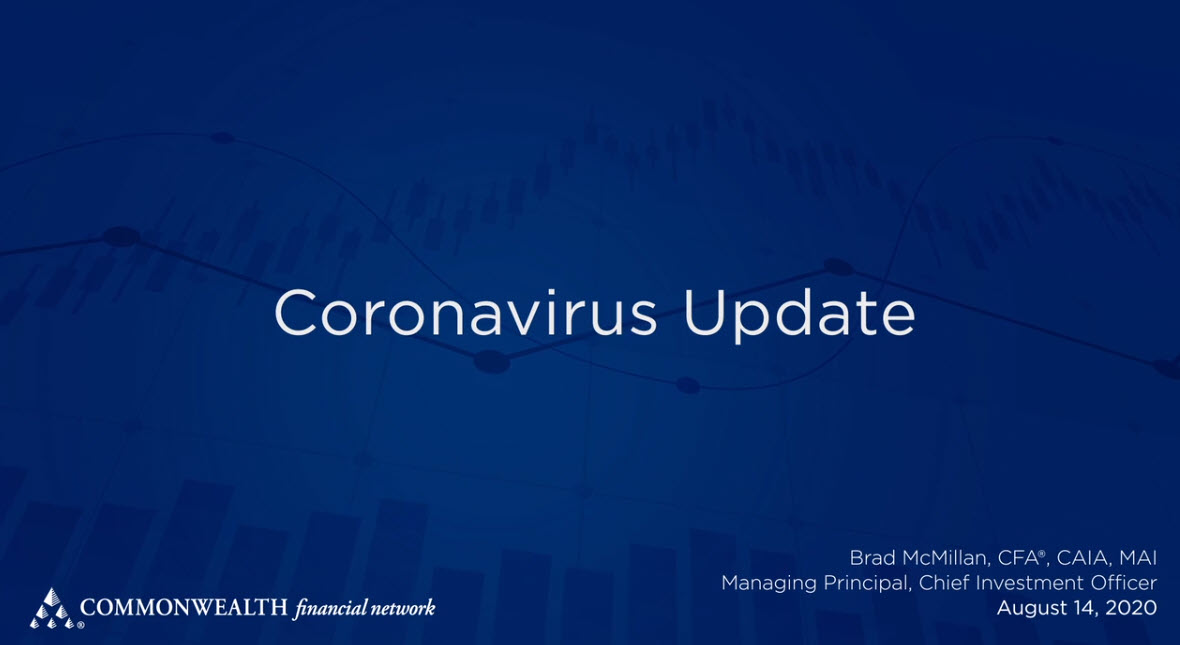My colleague Sam Millette, senior investment research analyst on Commonwealth’s Investment Management and Research team, has helped me put together this month’s Market Risk Update. Thanks for the assist, Sam!
Markets continued to rise in July, showing the second wave of the pandemic was not enough to derail the economic recovery. The S&P 500 increased by a strong 5.64 percent during the month. The Nasdaq Composite and Dow Jones Industrial Average (DJIA) also saw positive performances, marking a solid start to the third quarter. Although the continued market rebound in July was certainly welcome for investors, very real risks to markets remain, as we can see when we look at the key factors that matter when determining the overall risk level.















